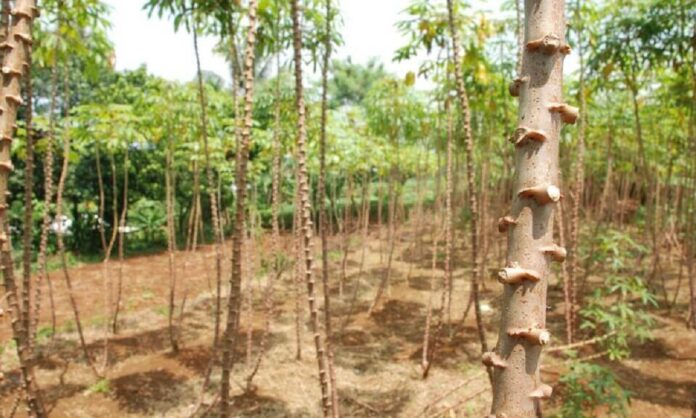Multiplication of cassava sticks is very important when you desire a specific variety that is not available in sufficient quantities. Farmers may also lose their cassava stems to destruction by fire or diseases and pests and even to bad weather conditions.
Cassava is a very important staple in Africa and even an industrial crop now. This condition makes cassava planting materials (cassava sticks) production another important aspect of cassava cultivation.
How do you go about the multiplication of cassava stems?
This outline of steps will help farmers reproduce cassava stems (planting materials) in any case of shortages. It also eliminates the incidence of cassava diseases spread through the planting materials.
Read also: Cassava Diseases and Identification
1. Select healthy cassava stems
This helps to avoid the spread of cassava diseases. Farmers are sure to produce planting materials that are free of cassava diseases.
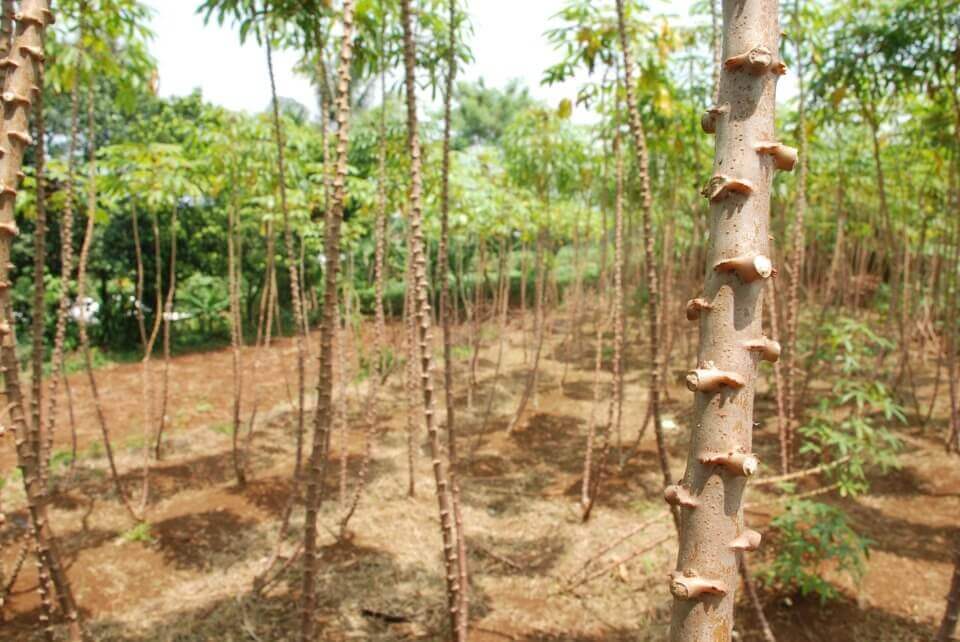
2. Cut cassava stem into smaller parts using sharp objects like saw, secateurs or cutlass.
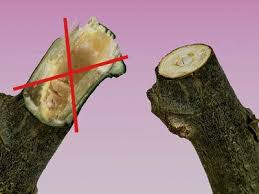

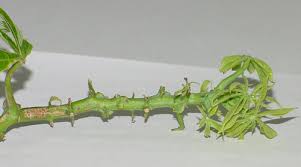
Blunt edges damage the stems exposing it to infections.
Cut semi-mature portion on stem into mini-stems with 4-6 nodes. Cut hardwood portion of the stem into ministem with 2 nodes.
Read also: How to Determine the Quality of Cassava Planting Materials/Stem Cuttings
3. Sprout mini-stem on nursery beds with 10x10cm spacing
Sprouting can be done in a nursery box or in loose soils on the ground with adequate moisture.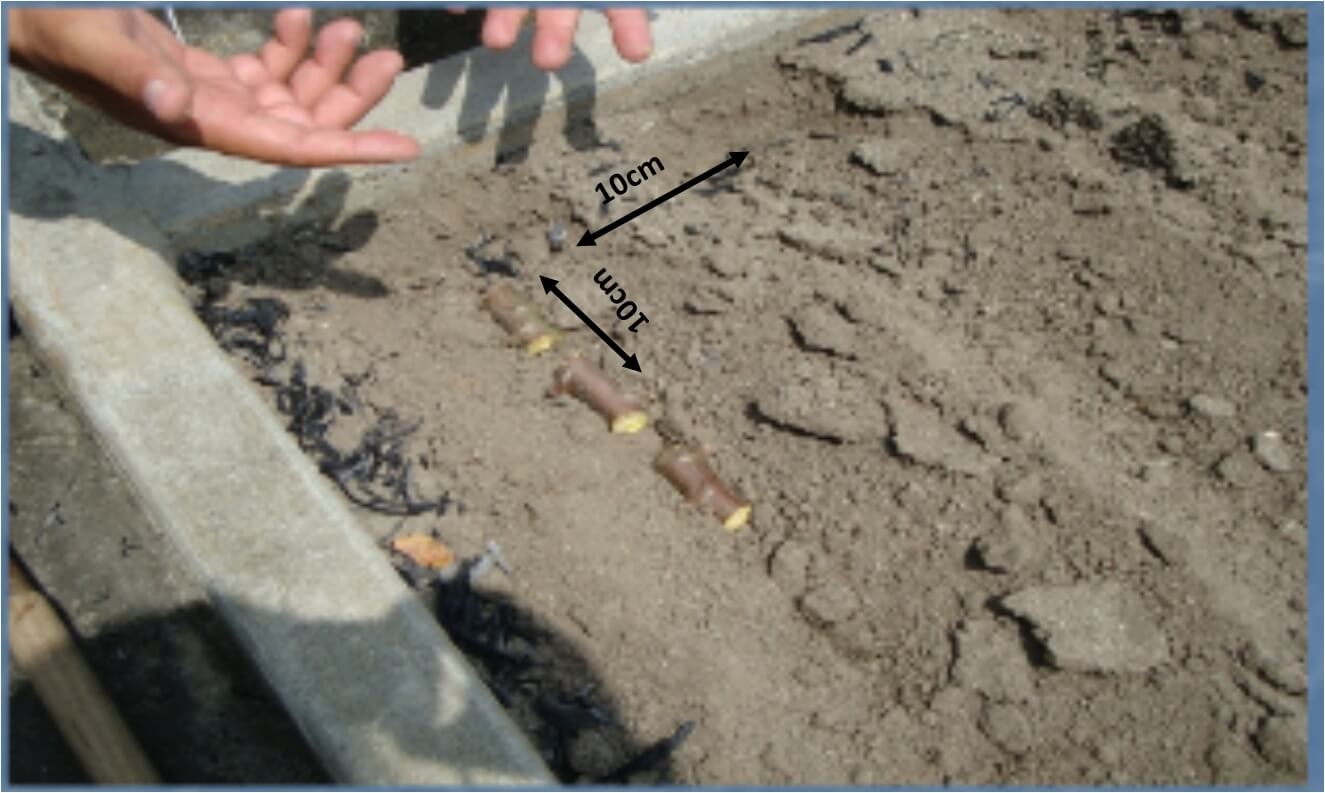
4. Place buried mini-stem such that 2 opposite nodes are on the right and left sides
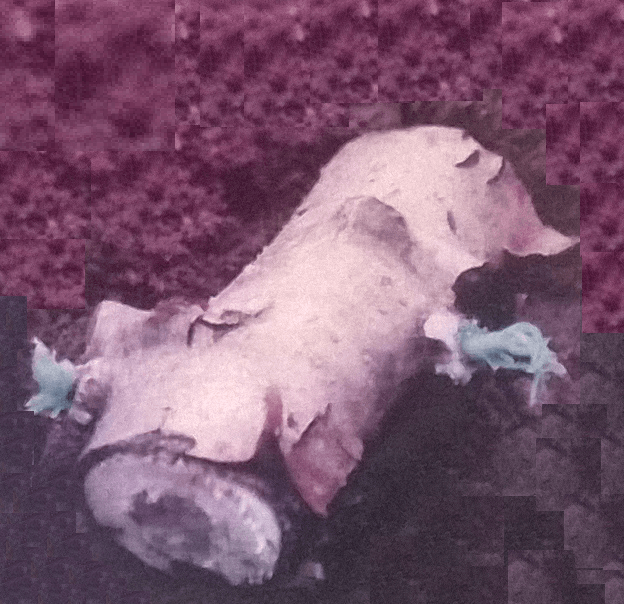
5. Transplant mini-stems into the field 4-6 weeks after sprouting
Within the first 10 weeks after transplanting, control weeds efficiently and manually in order to produce healthy and strong plants.
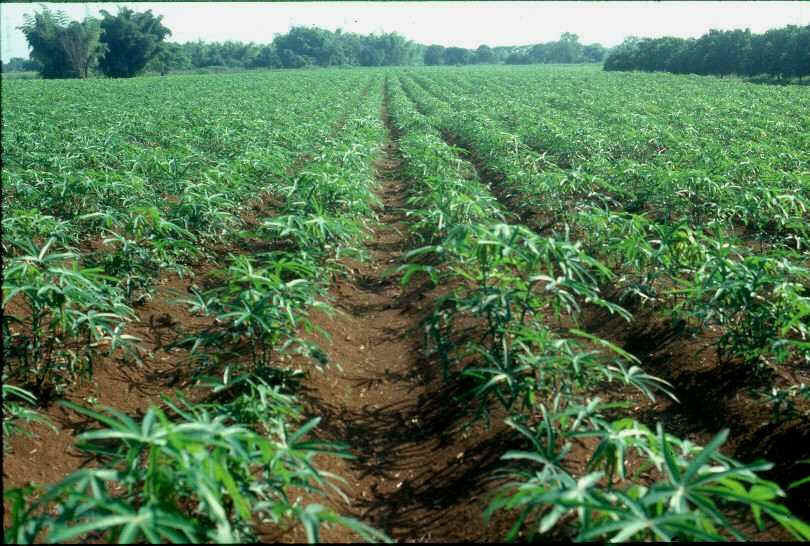
6. Harvest stems 6-7 months after transplanting
Cassava stem is matured to harvest from the 6th month. Cut the stem at a height of about 30cm from the ground and leave the stamp to develop shoots again. This is called “ratooning“. Several shoots will sprout from the stamp. Leave between 3 and 4 shoots to maintain a healthy and strong plant.
Read also: Cassava Diseases Prevention and Control
7. Store stems upright under shades.
Store cassava sticks for up to 8 weeks. These sticks must be placed upright with bud pointing up in a well-ventilated area.

This method of producing cassava stems is beneficial because;
- it only requires a bit of a specialised skill
- the method requires relatively low input
- it minimises the spread of cassava diseases
- a farmer can obtain about 12,000 plants from one mother plant each year
- farmers can produce materials on a commercial basis
References:
Cassava Training Manual on Rapid Multiplication of Cassava Stems (IITA, 2014)
Good Agricultural Practices Production of cassava (Mynie Ramlal Ousman)
Rapid multiplication of Cassava (RTIMP)
